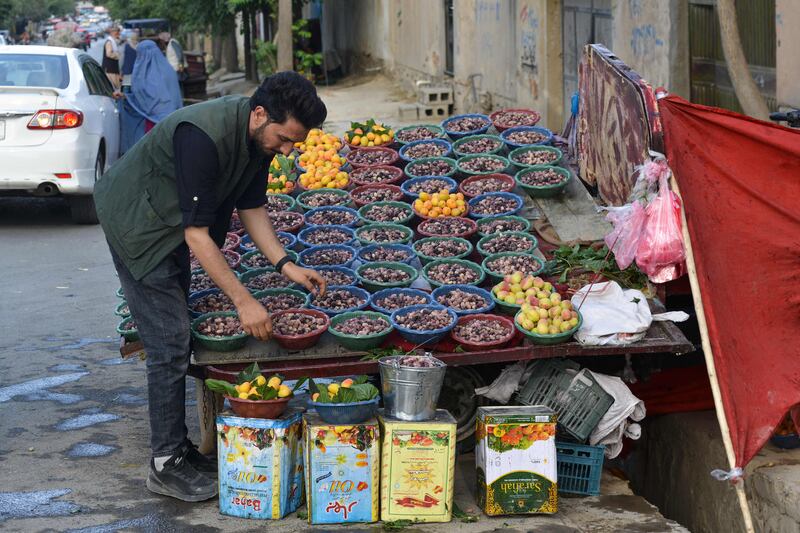The poorest countries eligible to borrow from the World Bank’s International Development Association (IDA) are spending more than a tenth of their export revenue to pay off debt, a report has found.
This is the highest proportion since 2000, the World Bank’s new International Debt Report showed.
At the end of last year, IDA-eligible countries’ debt-service payments on long-term public and publicly guaranteed external debt reached $46.2 billion — equivalent to 10.3 per cent of their exports of goods and services and 1.8 per cent of their gross national income (GNI), the report said.
The percentages were up significantly from 2010, when they stood at 3.2 per cent and 0.7 per cent, respectively.
This year, IDA countries’ debt-service payments on their public and publicly guaranteed debt are projected to rise by 35 per cent on a yearly basis to more than $62 billion, one of the highest annual increases of the past two decades.
China, Asia’s largest economy, is expected to account for 66 per cent of the debt-service payments to be made by IDA countries on their official bilateral debt.
Eligibility for IDA support depends on a country’s relative poverty, defined as GNI per capita below an established threshold, and it is updated annually. It is set at $1,255 in the fiscal year 2023.
IDA also supports some countries that are above the operational cut-off but lack the creditworthiness needed to borrow. Nearly 75 countries, including Afghanistan, Ghana, Yemen and Ethiopia, are currently eligible to receive IDA resources.

At the end of last year, the external debt of all developing economies — low as well as middle-income economies — stood at $9 trillion, more than double the amount a decade ago, the report said. However, the total external debt of IDA countries nearly tripled to $1 trillion during the period.
The debt crisis facing developing countries has “intensified”, said David Malpass, president of the World Bank Group.
“A comprehensive approach is needed to reduce debt, increase transparency and facilitate swifter restructuring … so countries can focus on spending that supports growth and reduces poverty," he said.
“Without it, many countries and their governments face a fiscal crisis and political instability, with millions of people falling into poverty."
Inflation has continued to push interest rates and funding costs higher globally while governments have stepped up spending to shore up economies.
The International Monetary Fund expects global inflation to peak late this year at 8.8 per cent and to remain elevated for longer than previously expected, before decreasing to 4.1 per cent by 2024. The fund estimates inflation at 6.5 per cent next year.
Rising interest rates and slowing global growth risk tipping many countries into debt crises. About 60 per cent of the poorest countries are already at high risk of debt distress or are already in distress, the World Bank report said.
For IDA countries, the debt-to-GNI ratio remained above the pre-pandemic level at 25 per cent.
However, the economic outlook has deteriorated considerably.
The risk of a global recession next year has been rising, the report said, adding that the currency depreciations have made matters worse for many developing countries whose debt is denominated in US dollars.
The composition of debt has also changed significantly.
At the end of last year, low and middle-income economies owed 61 per cent of their public and publicly guaranteed debt to private creditors — an increase of 15 percentage points from 2010.
The IDA-eligible countries owed 21 per cent of their external debt to private creditors by the end of last year, a 16-point increase from 2010.
China was the largest bilateral lender to IDA countries, accounting for nearly half of their bilateral debt stock by the end of last year, up from 18 per cent in 2010.
“These developments have made it much harder for countries facing debt distress to quickly restructure their debt,” the report said.
The World Bank also emphasised the need to improve transparency and provide more information to strengthen countries’ ability to manage debt risks, using resources efficiently for sustainable development.
“Poor debt transparency is the reason so many countries sleepwalk into a debt crisis,” said Indermit Gill, senior vice president and chief economist of the World Bank Group.
“Complete, transparent debt data improves debt management. It makes debt sustainability analyses more reliable. And it makes debt restructurings easier to implement, so that countries can return quickly to economic stability and growth."
In the past five years, the World Bank’s international debt statistics database has identified and added $631 billion of previously unreported loan commitments, with an additional $44 billion identified last year.
The total of these newly documented additional loan commitments in the past five years is equivalent to more than 17 per cent of the total outstanding public and publicly guaranteed debt stock last year.







